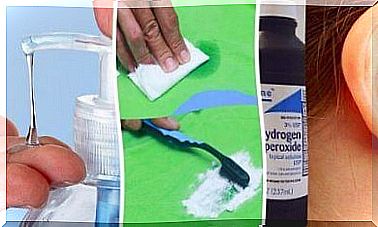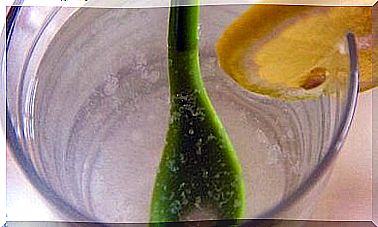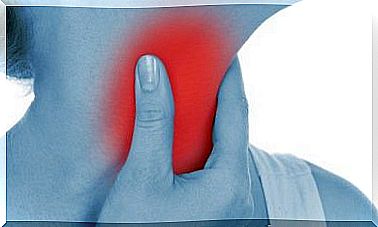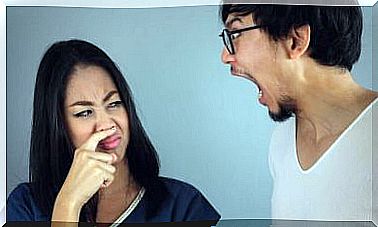Plantar Warts: Features And Treatment
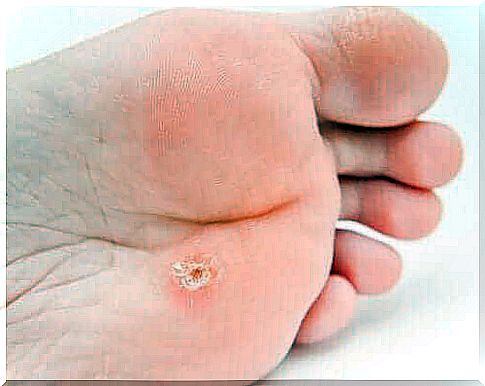
Plantar warts are the result of a viral infection caused by direct contact with the common human papilloma virus. The virus settles in the first two layers of the skin (the dermis and the epidermis) but never reaches the deeper layers.
The term ‘papilloma’ refers to the infections caused by this viral strain. However, when it infects feet, the bumps that appear are called plantar warts. These come in different shapes and sizes and, depending on the extent of the injury, can last up to 8 months.
There are two types of plantar warts:
- On one side, we have a single wart that often gets bigger. It can, in rare cases, multiply and form additional warts, known as satellite warts.
- The other type of plantar wart is the mosaic wart . This is a group of several small warts that grow close together in the same area and are more difficult to treat than single warts.
The symptoms of plantar warts
Warts grow deep and slowly. However, they give rise to a range of signs and symptoms, depending on position and size. For example, think of:
- Plantar warts resemble calluses because of their thick and hard tissue.
- Pain while walking or just standing.
- Small black spots often appear on the surface of the wart. This is due to dried blood that remains in the capillaries.
Diagnosis of Plantar Warts
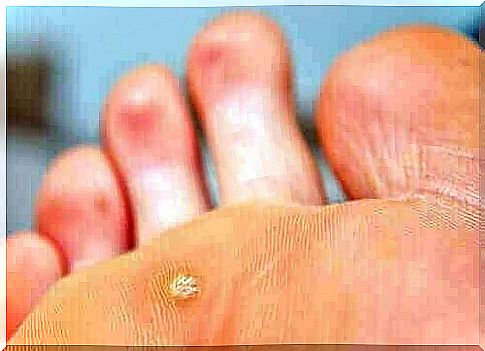
A doctor will examine the patient’s foot to diagnose a plantar wart. The specialist will pinch the wart to determine if there is any pain during the examination.
Plantar warts are painful when you squeeze them. However, there is no pain when you put pressure on it. If a wart is covered with a layer of keratin, you can suffer if you press on it.
Another option for diagnosing is to cut a piece with a scalpel and check for small dark spots. A dermatologist may also remove part of the wart to perform a biopsy.
Wart Treatment
Most warts are harmless and disappear without treatment. However, it can sometimes take between one and two years. It is therefore common to repeat the treatment several times until they disappear.
We will now tell you a little more about some of the treatments you can do to get rid of plantar warts. Unfortunately, there is always the possibility that they will come back.
Exfoliation with salicylic acid
Salicylic acid treatments work by removing the layers of wart little by little. These treatments can also help the immune system fight the warts.
cryotherapy
Freezing or cryotherapy is a form of treatment that is usually performed by the general practitioner. It consists of applying liquid nitrogen directly to the wart with a cotton swab or a spray.
After application, a blister will form around the wart. After a week, the dead tissue comes off. Cryotherapy can also help boost the immune system.
Most likely you will need to repeat the treatment every two weeks until the wart is completely gone. Some studies indicate that cryotherapy is more effective when combined with salicylic acid-based treatments.
Surgery and other treatment alternatives
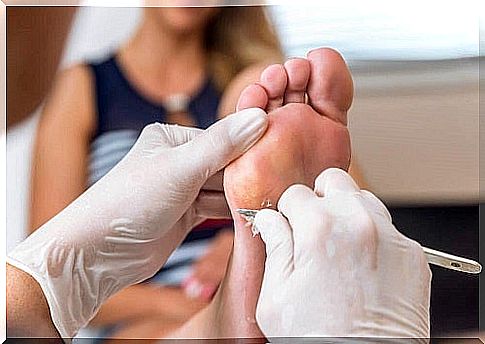
If the above treatments are ineffective, a doctor may recommend one of the following procedures:
- An application of trichloro vinegar to the plantar wart with a wooden stick. This should be done every week. The doctor may indicate to replace it with salicylic acid every other week. You may develop itching as a side effect of this treatment.
- Minor surgery by cutting open the wart or destroying it with an electric needle. This process is known as electrodesiccation. Note that this treatment may leave scars. It is also not commonly used, only when other treatments are ineffective.
- One can also perform a laser treatment with a pulsed laser to close the small closed blood vessels. Over time, the infected tissue dies and the wart falls off. You should repeat the laser treatment every three to four weeks. Be aware that this procedure can be painful and may leave a scar.
As an additional measure, if the pressure on the wart hurts you, you can wear shoes with a foot pad to get some relief. Also avoid tight and uncomfortable shoes and wear shoes that provide good support for the sole of the foot.



